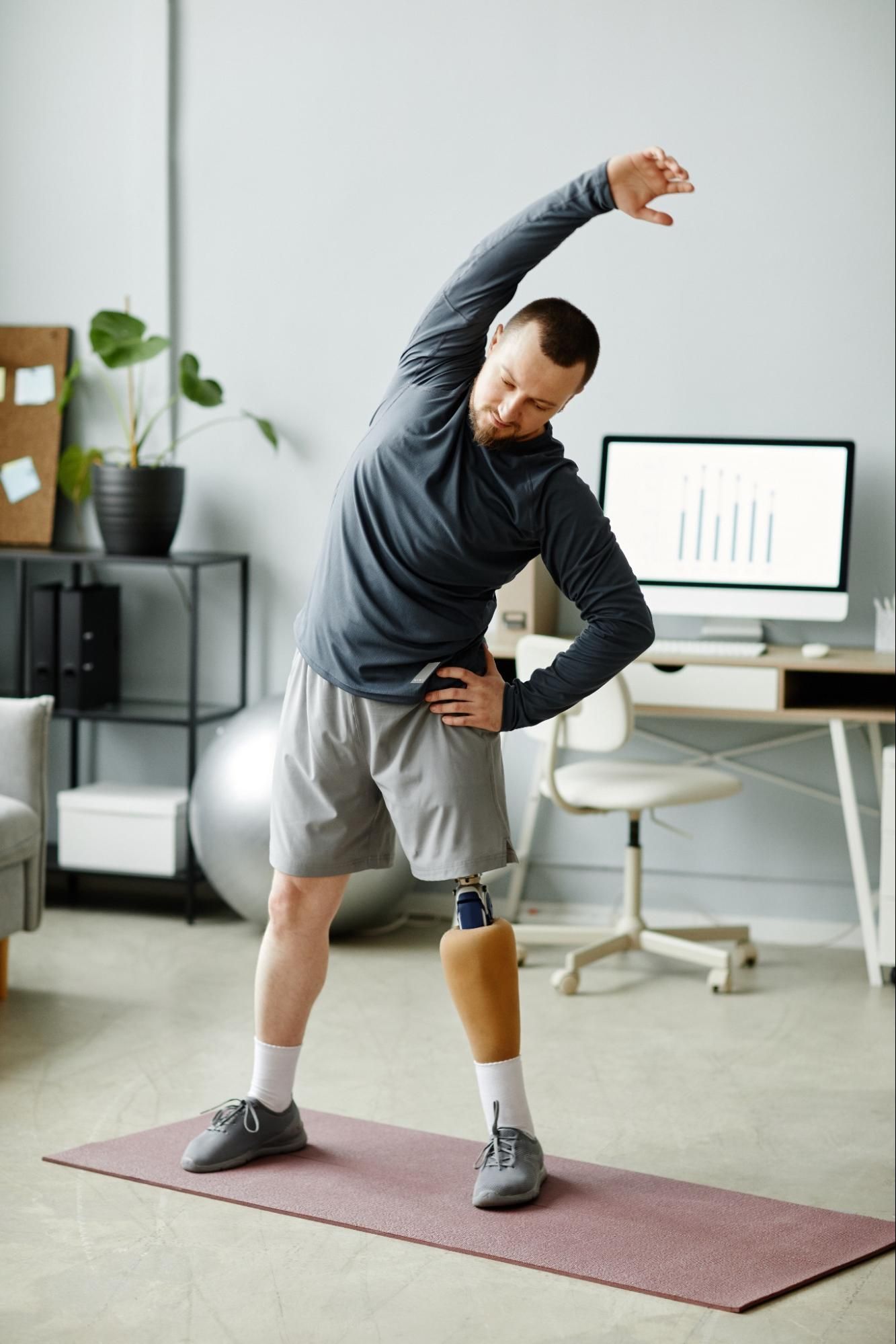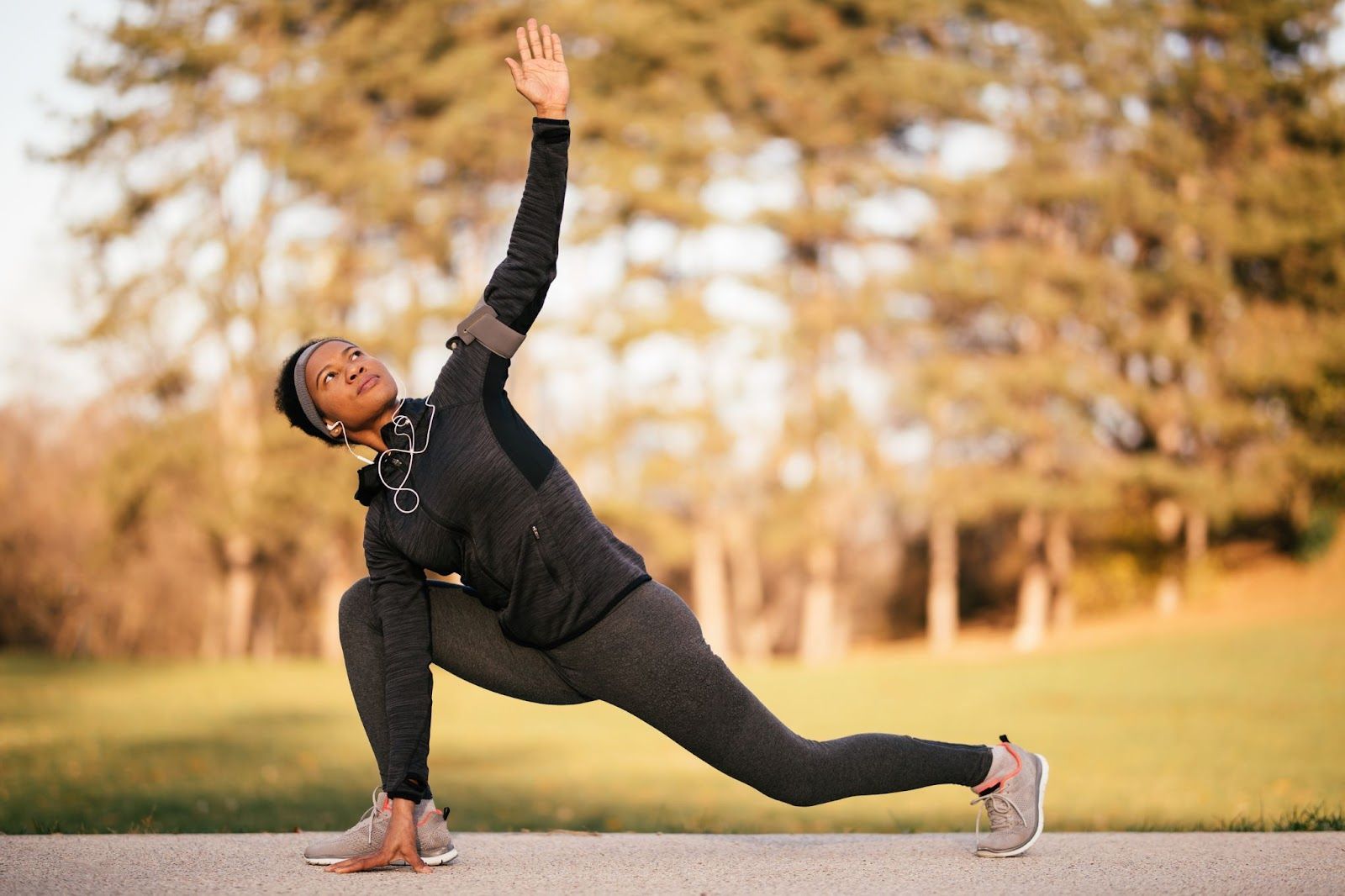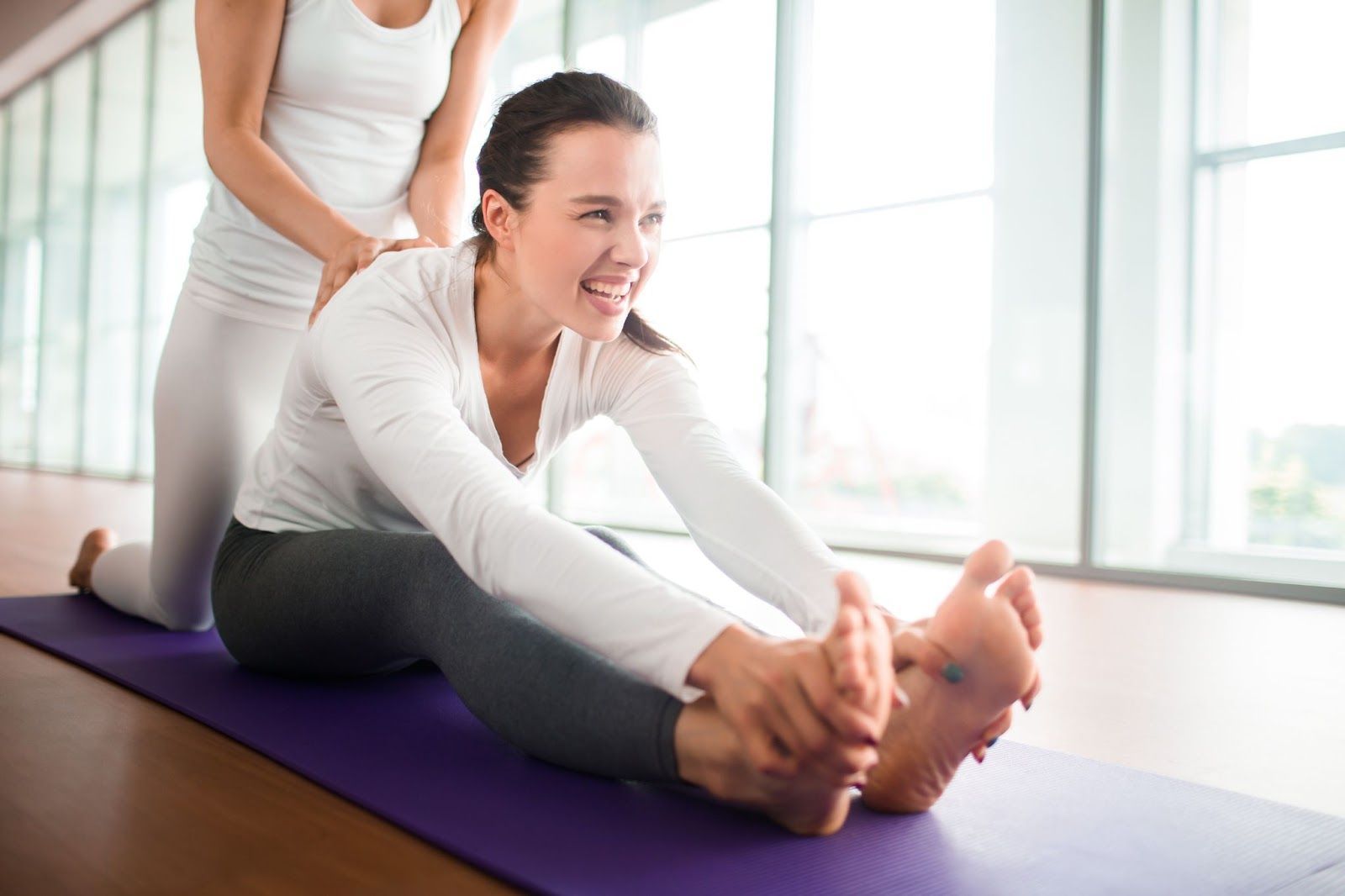Call us at (909) 674-0071
The Science Behind Flexibility: How Stretching Works
The Power of Understanding Stretching and Its Impact on Flexibility
Flexibility is a cornerstone of physical health, and the practice of stretching plays a pivotal role in achieving and maintaining it. The science behind flexibility involves a complex interplay of physiological factors that influence the elasticity of muscles and connective tissues. In this exploration, we delve into the mechanics of stretching, unraveling the intricacies of how this practice works and why it is crucial for overall well-being.
Understanding the Basics: What is Flexibility?
Flexibility refers to the ability of muscles and joints to move through their full range of motion. It is a key component of physical fitness, contributing to improved posture, reduced risk of injuries, and enhanced athletic performance. The extent of an individual's flexibility is influenced by various factors, including genetics, age, activity level, and, significantly, the regular practice of stretching.
The Role of Muscle Fibers:
Muscles are composed of fibers that contract and lengthen to facilitate movement. Two main types of muscle fibers come into play concerning flexibility:
Type I (Slow-Twitch) Muscle Fibers
These fibers are responsible for sustained, endurance-type activities. They are more resistant to fatigue and play a role in activities like prolonged stretching exercises.
Type II (Fast-Twitch) Muscle Fibers
These fibers are involved in powerful, short bursts of activity. While not as directly related to stretching, their flexibility can be indirectly influenced by overall muscle health.
Stretch Reflex: The Body's Protective Mechanism
The body is equipped with a protective mechanism known as the stretch reflex. When a muscle is stretched beyond its normal range, sensory receptors called muscle spindles detect the change in length and send signals to the spinal cord. In response, the spinal cord sends signals to contract the muscle, preventing it from being overstretched.
While this reflex serves to protect muscles from potential injury, it can also limit flexibility. The key to effective stretching is to work with, rather than against, the stretch reflex. This involves gradually elongating muscles to encourage the nervous system to adapt and allow for increased flexibility over time.

Connective Tissues
In addition to muscle fibers, flexibility is heavily influenced by connective tissues, including tendons and ligaments. Tendons connect muscles to bones, while ligaments connect bones to bones. The collagen fibers in these connective tissues provide structural support and play a crucial role in determining joint flexibility.
Regular stretching helps improve the elasticity of tendons and ligaments. As these tissues adapt to the stretching stimulus, they become more pliable, allowing for a greater range of motion. This adaptability is essential for joint health and overall flexibility.
The Importance of Synovial Fluid
Joints are encapsulated by a synovial membrane that secretes synovial fluid. This fluid lubricates the joint, reducing friction and facilitating smooth movement. Stretching promotes the circulation of synovial fluid, contributing to joint lubrication and maintaining joint health.
Neuromuscular Coordination
Flexibility is not solely determined by the physical characteristics of muscles and connective tissues; it also involves neuromuscular coordination. This coordination refers to the ability of the nervous system to communicate effectively with muscles, enabling precise control of movement.
Regular stretching enhances neuromuscular coordination by improving the communication between the nervous system and muscles. This improved coordination allows for more controlled and efficient movements, contributing to overall flexibility.
Different Types of Stretching
Various stretching techniques target different aspects of flexibility. These include:
- Static Stretching: Holding a stretch for an extended period, gradually allowing the muscle to elongate.
- Dynamic Stretching: Incorporating controlled movements to prepare muscles for activity, often involving a combination of stretching and functional movements.
- Proprioceptive Neuromuscular Facilitation (PNF): A more advanced form of stretching that involves contracting and relaxing muscles to enhance flexibility.
- Ballistic Stretching: Involves bouncing or jerking movements to push muscles beyond their normal range, typically not recommended due to the increased risk of injury.
The Adaptation Process
The science behind flexibility reveals that consistent stretching prompts physiological adaptations in the body. Over time, these adaptations contribute to increased flexibility. Regular stretching encourages the lengthening of muscle fibers, promoting an improved range of motion. It also increases blood flow to muscles, delivering oxygen and nutrients essential for tissue health and flexibility.
Warm muscles are more pliable, making them more responsive to stretching. This is why dynamic stretching is often recommended as part of a warm-up routine. It also enhances the circulation of synovial fluid, contributing to joint lubrication and flexibility.
Tips for Effective Stretching
Warm up by engaging in light aerobic activity to increase body temperature before static stretching. After warming up, you can progress slowly in the intensity and duration of stretches to allow for the body's adaptation. Pay attention to key muscle groups, including hamstrings, quadriceps, hip flexors, and shoulders. Deep, controlled breathing helps relax the nervous system and facilitates a deeper stretch. Remember that consistent stretching is more effective than occasional intense sessions.

The Dynamic Relationship with Flexibility
Understanding the science behind flexibility illuminates the dynamic relationship between muscles, connective tissues, and the nervous system. Flexibility is not a fixed attribute but a quality that can be nurtured and enhanced through mindful and consistent stretching practices. By working with the body's natural mechanisms, individuals can unlock their potential for an improved range of motion. As we unravel the intricacies of stretching, we gain a deeper appreciation for the remarkable adaptability of the human body. Check out the
StretchX blog for more posts about how stretching heals your body!
Certified Stretch Instructor
Phone: (909) 674-0071
Business Hours: Monday to Friday: 8am - 7pm • Saturday: 7am - 1pm
All Rights Reserved | StretchX




